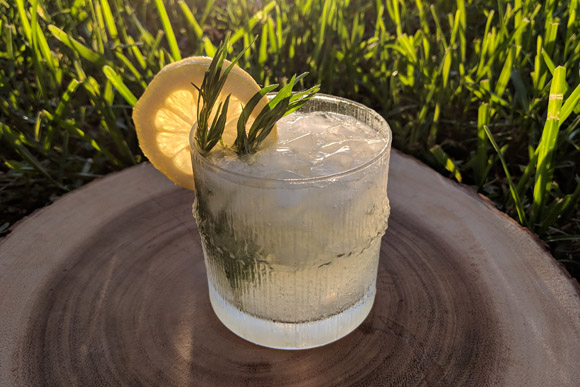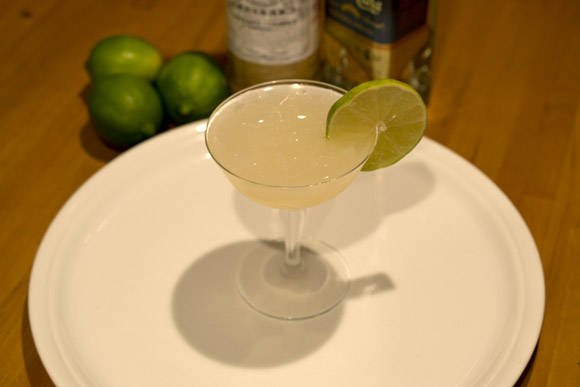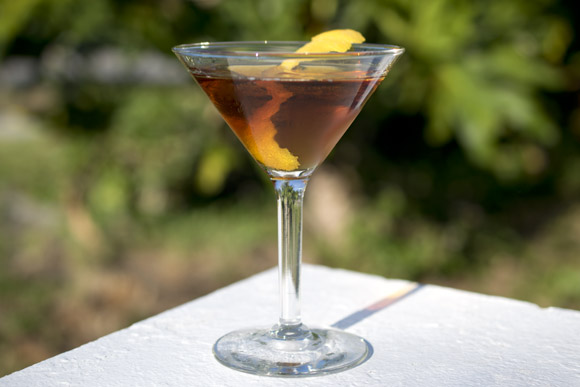The Margarita-19

Finding myself recently in need of vitamin C and ethanol—for medicinal reasons—and like so many others stuck at home with supplies running low, take-out burritos cooling on the kitchen table, and a bar equipped with almost, but not quite exactly, the right mix of bottles, I improvised a little on the classic recipe and made this extremely smooth drink, which I'm calling the Margarita-19:
- 2 oz. añejo tequila (I used a far-too-nice Azuñia better suited to sipping neat)
- 3/4 oz lime juice, fresh squeezed as always (things aren't quite that bad yet)
- 1/2 oz simple syrup
- 1/4 oz Maraschino liqueur
- lime wheel to garnish
Rub the remains of the squeezed lime on the rim of a rocks glass, then dip it into kosher salt and carefully fill it with ice, trying not to knock all the salt off. Add all ingredients to a shaker with ice, shake vigorously, and strain into the prepared glass. Garnish and enjoy.
To your continued good health!


